More
Tokyo Greenhouse Turns Into A Psychedelic Experience When Plants Are Touched [Photos]
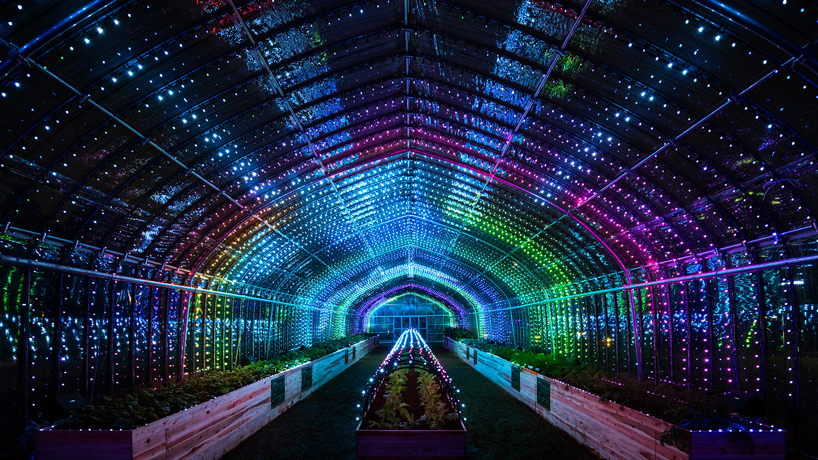
It might be time to plan a trip to Japan.
A collective of Japanese creatives known as PARTY developed a digital, touch-sensitive and multi-sensory greenhouse in Tokyo’s Midtown Grass Square. Dubbed “Digital Vegetables,” the psychedelic installation features a technicolor greenhouse that teaches visitors about horticulture through touch, sight, and sound.
Design Boom reports that the interactive event combines LED lights with seven different kinds of touch-sensitive vegetables. When touched, each plant emits a unique color and melody. Tomatoes, for instance, release the tones of a violin; carrots toot trumpets sounds; when an eggplant is touched, it glitters harp sounds; radishes sing the flute; cabbages release deep oboe sounds; pumpkins generate clarinet sounds; and finally, sweet potatoes prompt the tinkling of piano keys. The resulting symphony pairs perfectly with the kaleidoscopic greenhouse.

Credit: PARTY
Said lead director Naomi Ito:
“Start off by touching the seven types of lives now growing strong in the soil. Then, bathe in the design of vegetables, enhanced by videos and sounds.”
For the installation, PARTY’s engineer, Ray Kunimoto, recorded authentic pant noises, such as the “sounds of rubbing seeds [and] touching leaves.” He then digitally mixed the sounds with those or orchestral instruments to make seven different melodies.

Credit: PARTY
The month-long festival focuses on “enjoying design through all fives senses.” If you’re planning a trip to Tokyo before November 5th, 2017, be sure to visit the Midtown Grass Square and experience the greenhouse for yourself.
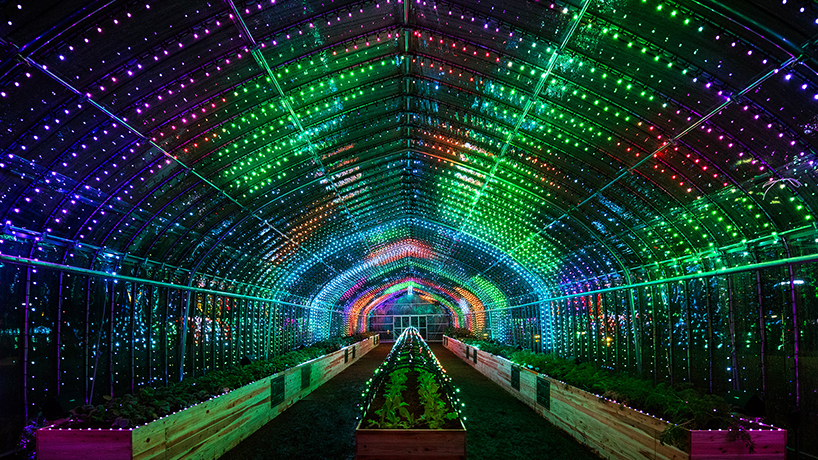
Credit: PARTY
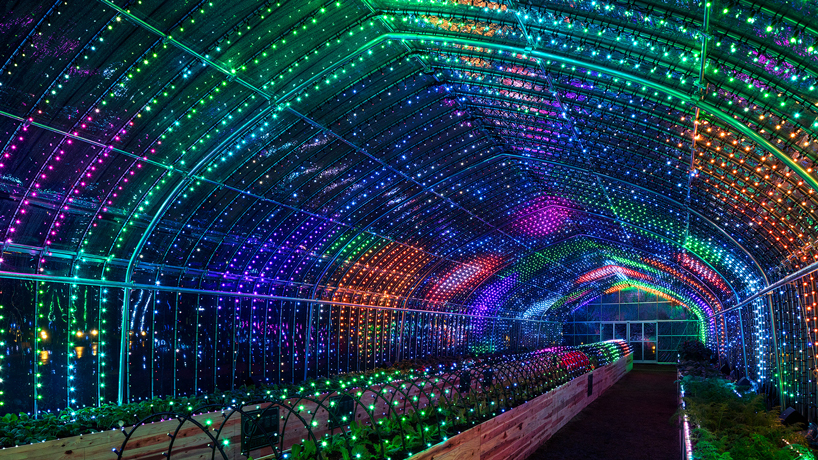
Credit: PARTY
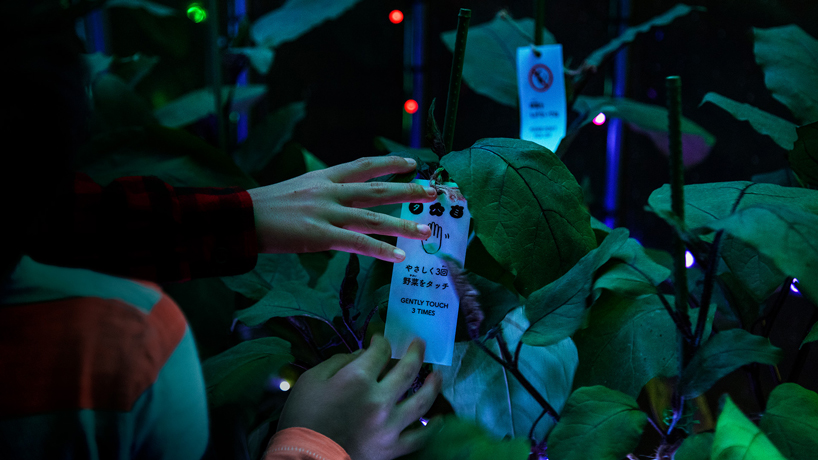
Credit: PARTY

Credit: PARTY
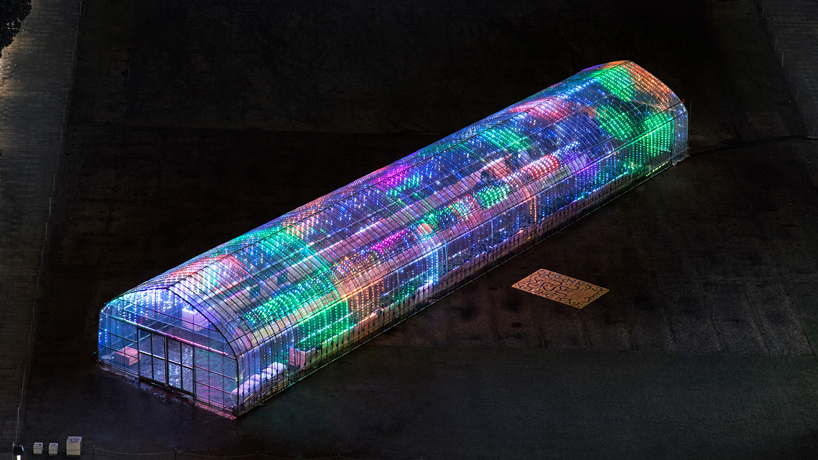
Credit: PARTY
Importance of Horticulture Education
The psychedelic greenhouse certainly does amaze, but it does something even more impressive: it educates visitors about the importance of growing their own food and connecting with nature.
If resources afford, everyone should consider cultivating their own backyard garden. Why? Because by 2050, the world’s population is expected to exceed 9.8 billion. To prevent world hunger from becoming an even worse problem, individual — or family — initiate is required. Plus, there are more benefits to growing a garden than just receiving nutritious food.
1) Homegrown produce tastes better
As Grow A Good Life points out, homegrown produce tends to taste better than conventional produce, as it wasn’t picked before it was ripe then transported for weeks before it ended up on your local supermarket’s shelves.
2) Organic means fewer — or no — pesticides
Pesticides are often sprayed on crops to prevent pests from consuming the plant. If they kill the insects and adversely affect wildlife, why would they be beneficial when consumed by humans? Simply put, they’re not. (Learn more here) Fortunately, growing your own fruits and vegetables at home means you are in charge of what chemicals are sprayed on your food.
3) Reduction of food waste
In developed nations, such as the UK and the US, up to 40 percent of all food is thrown away. This is a conundrum, as 795 million people still go to bed hungry each evening. When you grow your own food, every scrap tends to be utilized. This is because cultivating your own food is by no means an easy feat. People invest more when they grow their own produce, which is why a reduction of food waste is an additional benefit of cultivating your own backyard garden.
4) Outdoor exercise
Growing a garden takes work — and fortunately, that effort can pay off in a big way. Maintaining a garden demands you spend time in fresh air, in the vitamin D-rich sun, and in contact with the soil which provides numerous benefits. Plus, gardening for 45 minutes burns the same amount of calories as running 1.5 miles in 15 minutes.
h/t Design Boom
Typos, corrections and/or news tips? Email us at Contact@TheMindUnleashed.com
